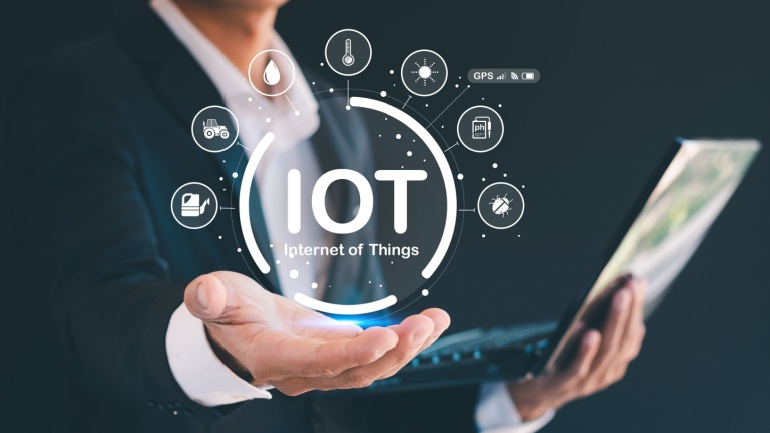The latest study by the analyst firm Omdia, which included more than 3,000 responses from consumers in the UK, US, and Brazil, showed that individuals predominantly prefer human interaction when dealing with their communications service provider (CSP). This research comes with the introduction of Omdia’s Consumer Engagement Strategies Intelligence Service and offers significant insight into the relationship between CSPs and their consumers.
Despite the rapid advancement in automation, it appears that the average consumer has their limits. Nonetheless, automation systems like chatbots, for both text and voice, continue to play a critical role, especially as initial points of contact. The study suggests that a delicate balance has to be struck by CSPs regarding when to introduce human interaction during a consumer engagement process.
According to Peter Boyland of Omdia, and the report’s author, “It’s clear that service providers who cut down on human agents do so at considerable risk to their customer engagement strategy.” Boyland claims that limiting human agents must be a well-calculated move by the CSPs, noting that resources should be redirected to train staff to become specialists in key areas.
“VoIP cannot be the only voice option – a human handshake must be there when needed,” asserts Boyland.
In discussing the role of artificial intelligence, particularly generative AI, Boyland revealed that human trust has not shifted completely in favor of machines when it comes to understanding and solving queries. “Over half of consumers we surveyed said it was key that the person they speak to is able to make decisions or find resolutions,” Boyland explained, advocating for staff empowerment via training, access to customer data, and proper routing of calls to be prioritized to improve consumer engagement.
Interestingly, the study also found that email remains the primary communication channel for consumer engagement, followed by SMS and voice interaction. This insight presents a challenge to the telecom industry, constantly seeking ways to reduce overhead costs amid stagnant ARPUs.
However, as automation continues to penetrate nearly every aspect of our lives, it’s comforting to know that the human touch still holds great value and is far from being obsolete in the telecommunications landscape. Hence, while the industry continues to leverage the latest innovations to improve service delivery, the importance of preserving and maximizing human interaction mustn’t be ignored.







